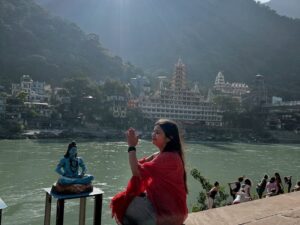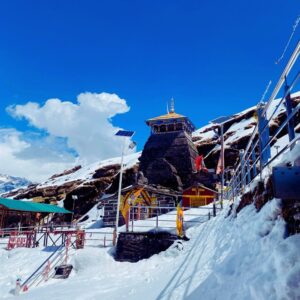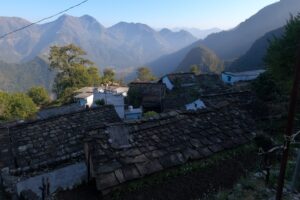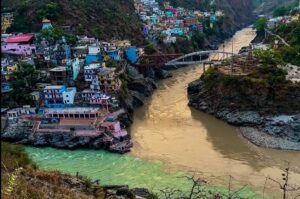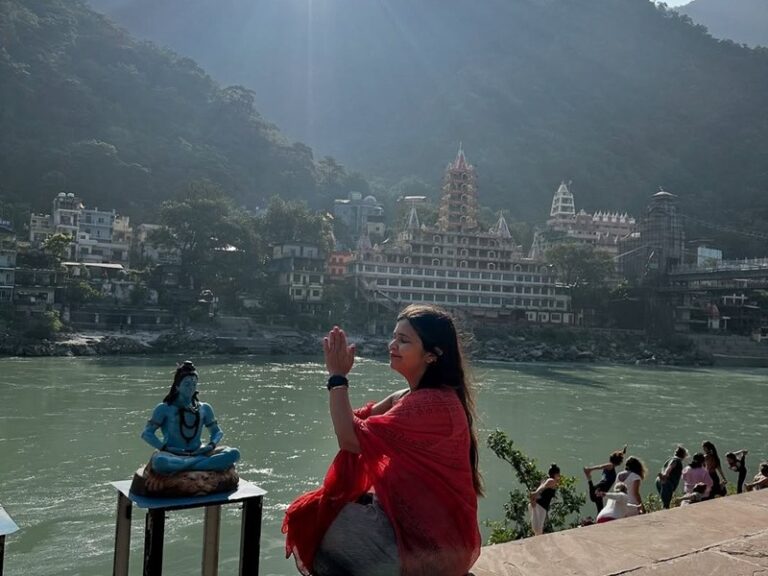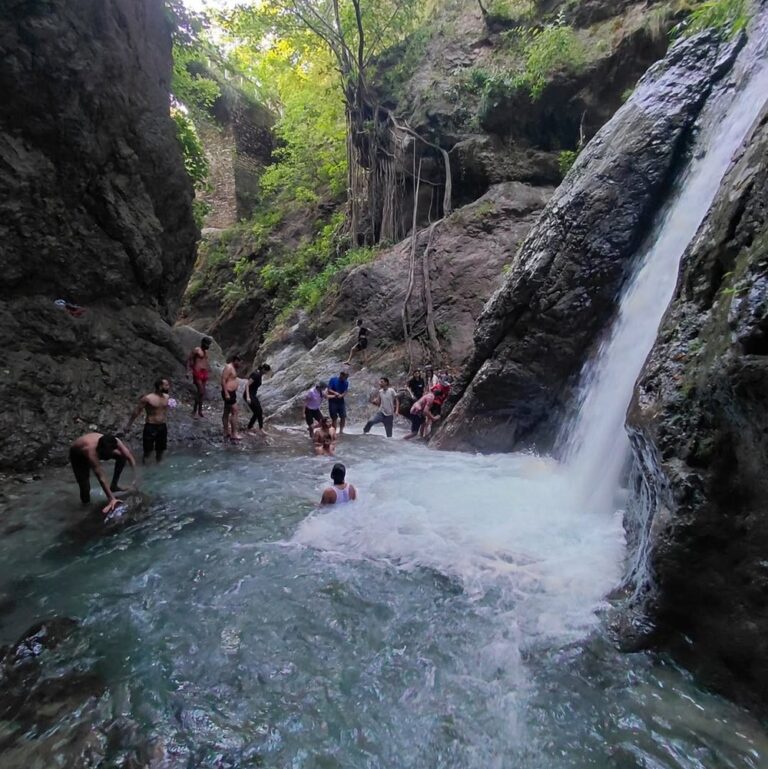Discover Varanasi Sarnath, Museum Timing, Ticket and Stupa Location
Varanasi Sarnath is a special place just 13 km away from Varanasi, and you can get there easily by any vehicle. There are two groups of monuments to see in Sarnath.
In Group ‘A’, there is the Chaukhandi Stupa, which is a tall brick structure with an octagonal (eight-sided) tower on top. This tower was built by a man named Goverdhan in 1588 to remember the visit of Emperor Humayun.
In Group ‘B’, you’ll find many other important monuments like stupas (which are dome-shaped buildings), old monasteries, temples, and the famous Ashokan column. These were made from bricks and stones a long time ago, between the 3rd century B.C. and the 12th century A.D.
Some of the most important things to see here are the Ashokan column, Dharamrajika Stupa, Dhameka Stupa, and the ruins of temples and monasteries. All these places tell the story of Varanasi Sarnath’s rich history
Suggested Read: A Day Trip of Sarnath from Varanasi: How to Reach | What see
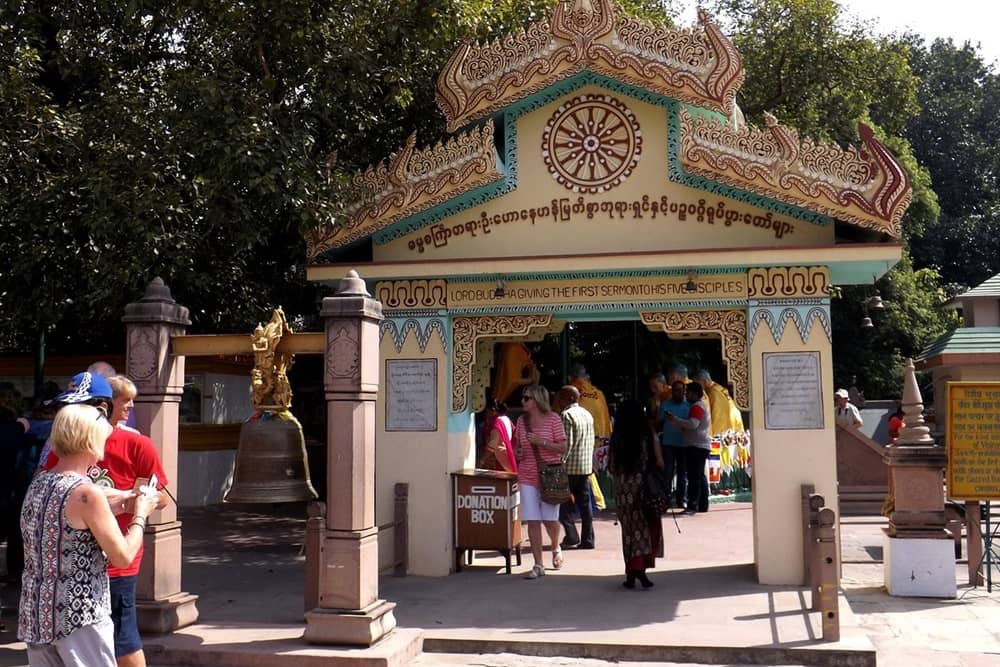
OVerview : Varanasi Sarnath
Varanasi Sarnath is a very important and holy place, especially for Buddhists, but it’s also special for people who follow Jainism and Hinduism. It’s located near Varanasi and is a peaceful and clean spot where people can relax their minds and bodies. Varanasi Sarnath feels like a little piece of heaven on Earth, far away from the busy and crowded city life. There are so many interesting things to see here!
One of the main attractions in Varanasi Sarnath is the vast area of ancient ruins. Many Buddhist structures were built here between the 3rd century BC and the 11th century AD, and today, Varanasi Sarnath has some of the largest ruins on the Buddhist trail. Besides Buddhism, Varanasi Sarnath is also connected to Jainism. The famous Ashoka Pillar, which is the national emblem of India, is also found here.
Suggested Read: The source of the river Ganges: Exploring Origin
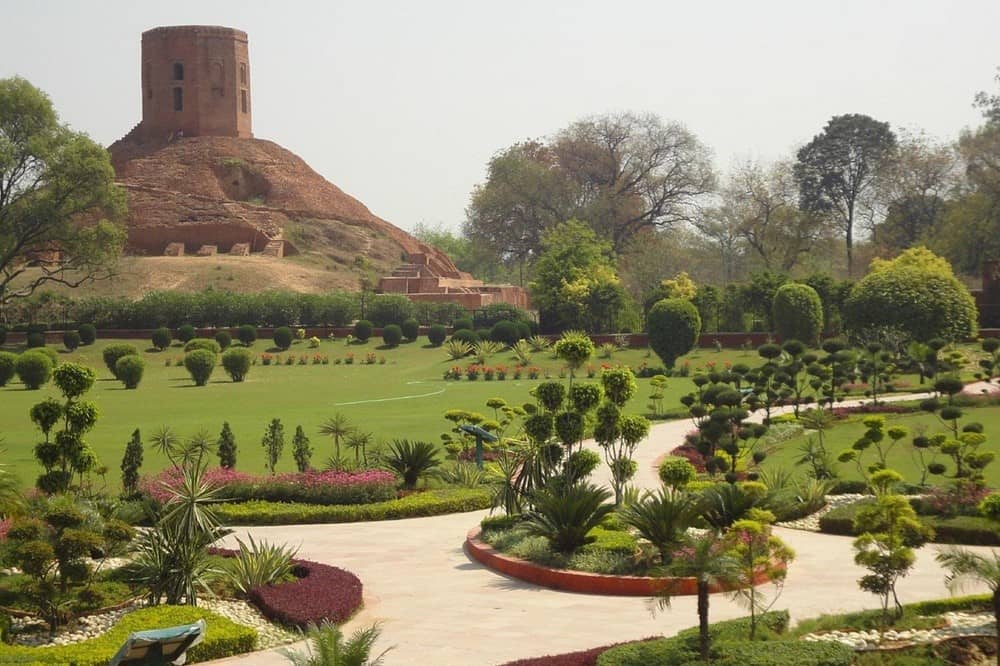
Chaukhandi Stupa
Chaukhandi Stupa is a special place because it’s where Lord Buddha first met his five disciples after gaining enlightenment in Bodh Gaya in 528 BCE. He came to Sarnath to share the knowledge he had gained. The Chaukhandi Stupa, which is about 13 km from Varanasi, was built during the Gupta period (4th to 6th century) with bricks and later modified by Mughal Emperor Akbar in 1588 to honor the memory of Humayun’s visit to Varanasi Sarnath.

Mulagandha Kuti Vihar
Mulagandha Kuti Vihar is a beautiful monastery located near the main square in Varanasi Sarnath, where the roads split. It was built in 1931 with donations from various countries and the international Buddhist community. The building has tall spires that make it look a bit like a church. Inside, it holds sacred relics of Buddha, making it one of the top attractions in Varanasi Sarnath. When it was first opened, people from all over the world came to see it and receive blessings.

Dhamek Stupa in Sarnath
Dhamek Stupa is a large, solid, cylindrical structure made of bricks and is 43.6 meters tall with a diameter of 28 meters. It’s a very important place because this is where Lord Buddha gave his first sermon about Dharma. The stupa was originally built by King Ashoka in 249 BCE and was rebuilt and modified in the 5th century. The stupa has eight niches, each with an image of Buddha, and is also known as the Dharma Chakra Stupa.

Garden of Spiritual Wisdom
The Garden of Spiritual Wisdom is probably one of the most beautiful spots in Varanasi Sarnath, especially for people who love nature. Coming from the busy streets of Varanasi, this garden feels like a peaceful escape. It offers wonderful views of the Chaukhandi Stupa and uses exhibits and sculptures to teach visitors about the basics of Buddhism. The garden is full of beautiful plants, including bonsai, and has a calm, soothing atmosphere that makes visitors feel like they’ve entered another world.
Ashoka Pillar
The Ashoka Pillar is another great thing to see at Varanasi Sarnath. It stands among the ancient ruins and is made of broken stone cylinders, which are the remains of the original Ashoka Pillar. The Mauryan Emperor Ashoka built many pillars across India, and this one was originally 12.25 meters tall. At the top of each pillar was an Ashoka Chakra (a wheel with 24 spokes) and a Lion Capital (four lions standing back to back).
Unfortunately, the pillars were damaged during invasions, and the pieces of the Ashoka Pillar and Chakra at Sarnath were found during excavations in 1904. The Lion Capital is now safely kept in the Varanasi Sarnath Archaeological Museum for everyone to see.
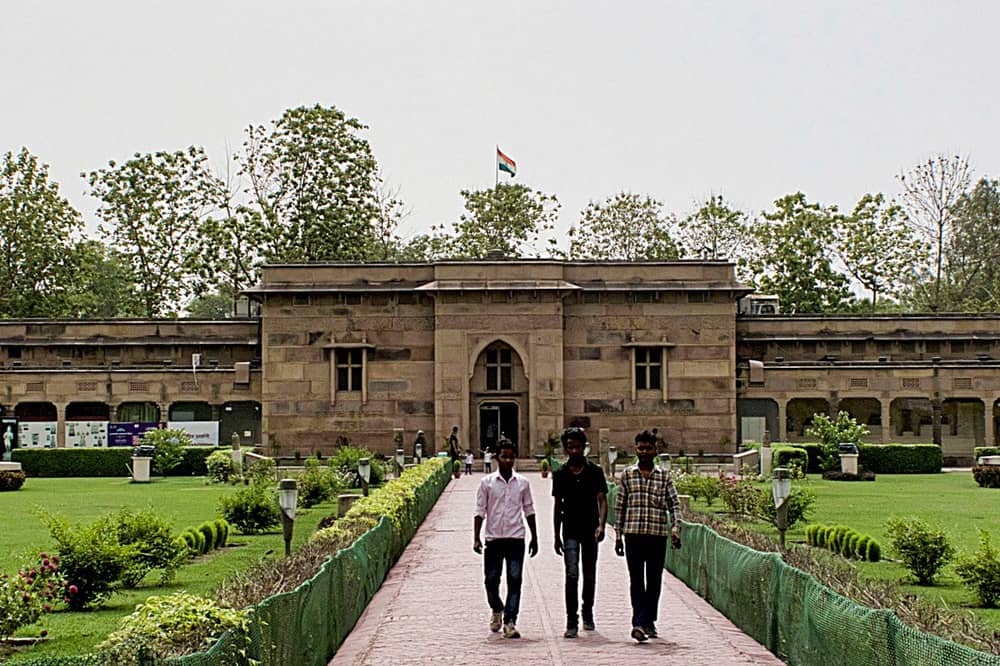
Varanasi Sarnath Museum
The Archaeological Museum in Sarnath was established in 1910 as a site museum under the Archaeological Survey of India (ASI). It was created to protect and display the ancient artifacts uncovered during excavations at Sarnath. The idea for the museum was initiated by Sir John Marshall, the Director-General of ASI at the time, and the building was designed by Mr. James Ransome, a consulting architect for the Government of India.
The museum features five galleries and two verandahs, showcasing a rich collection of artifacts that reflect the materials and techniques used from the 3rd century BC to the 12th century AD. Among the most notable pieces are the image of Buddha preaching from the Gupta period and the Lion Capital of Ashoka, which is the national emblem of India. The museum also houses figures of birds, animals, male and female heads, terracotta’s, decorated baked bricks, pots, and images of Jain Tirthankaras like Parshvanatha and Vimalanatha.
Additionally, the museum includes an archaeological park and a souvenir shop at the entrance, making it a significant place for both education and tourism.
Sarnath Museum Timing:
Sarnath Museum Ticket:
- Sarnath Museum Ticket for foreigner is INR 5 and Archeological site of Sarnath is INR 250 per head
- Sarnath Museum Ticket for Indians is INR 5 and Archeological site of Sarnath is INR 20 per head
Sarnath Museum Ticket Price : Sarnath Museum Ticket Price for Foreigner Price INR ,
FAQ
Q: Where is Sarnath Stupa located: It is located inside the ruins of the Archeological site of Sarnath.


